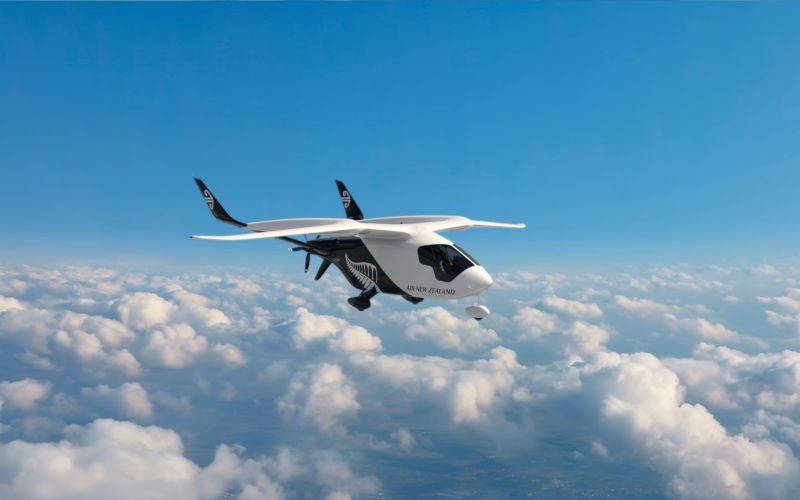Electric Aircraft

In 2023, Air New Zealand sought expressions of interest from airports to host a commercial demonstrator aircraft – the first regular electric service in New Zealand. This trial route attracted strong interest from most airports, but the winning bid was awarded to the joint efforts between Wellington and Marlborough airports in April 2024.
Wellington will be the home base of BETA's ALIA CTOL, while Marlborough Airport will also establish charging infrastructure to power the aircraft for the return journey. From 2026, this will operate as a cargo-only service between the North and South Islands for New Zealand Post.
As part of the airport’s runway reseal project in 2025, work is currently underway with Marlborough Lines and other partners to make the necessary upgrades to host electric aircraft from 2026.
Lower-Emissions Aviation
The purpose of this project is to prepare the New Zealand aviation system for introducing lower emissions aircraft. Marlborough Airport will help to inform other airports about the infrastructure required for the next generation of fleets, as Air New Zealand looks to fly larger lower-emissions aircraft on the domestic network from 2030.
Each year, about 16 million passengers board domestic flights to travel a total distance of over 80 million kilometres, as flight remains to be among the only options to quickly travel in New Zealand (both intra- and inter-island) due to limited rail or other efficient, long distance transport alternatives.
Alongside its partners, Marlborough Airport shares the ambition to accelerate the pace of change needed to decarbonise aviation, while keeping New Zealanders connected. As an island nation, New Zealand has among the largest per capita domestic aviation emissions in the world. This trial route is the first major step in lowering emissions for domestic aviation to help meet New Zealand’s international targets.
Safety and Reliability
While electric aircraft is new to New Zealand, the Alia aircraft has been widely tested and flown in the United States and Canada, with more than 40,000 nautical miles of flight test and partner engagements. This is the equivalent of flying around the world—twice.
On the ground, Wellington Airport’s Fire Service has taken a leadership role for airports and nationally with Fire and Emergency New Zealand (FENZ) in developing procedures and training for emergency responses involving electric aircraft. Wellington Airport’s Fire Service has visited Marlborough Airport to share information, including risk identification and mitigation for electric aircraft and charging stations. These discussions are ongoing and include location of the charging facility and any additional equipment required for firefighters.
Related News
Go to Air New Zealand’s announcement of the Blenheim-Wellington trial route
